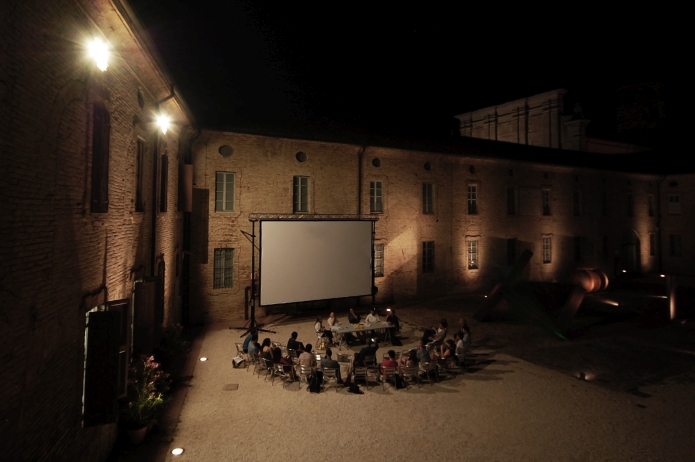Fig.
1 - Poster of the Workshop Presenze scultoree nel chiostro, nel
recinto, nel parco [Sculptural Presences in the cloister, in the
enclosure, in the park], CSAC, Parma 2016.
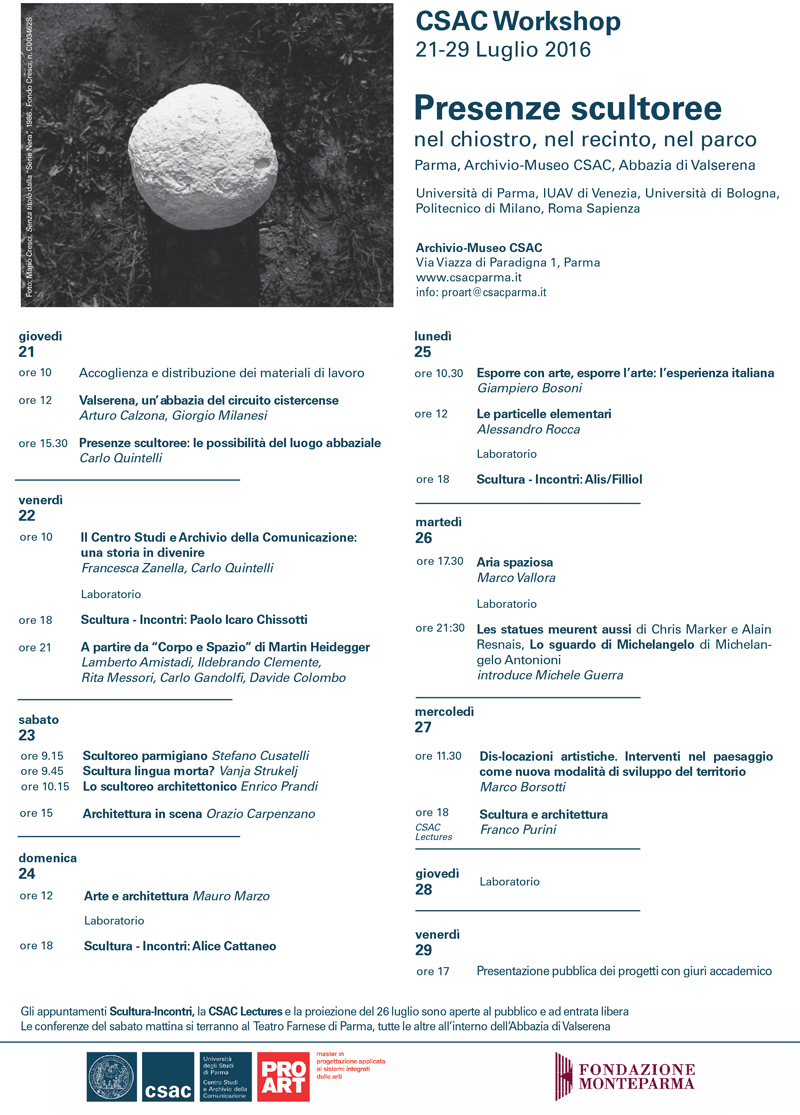
Fig.
2 - Pictures from the Workshop lessons. Photos by Paolo Barbaro.
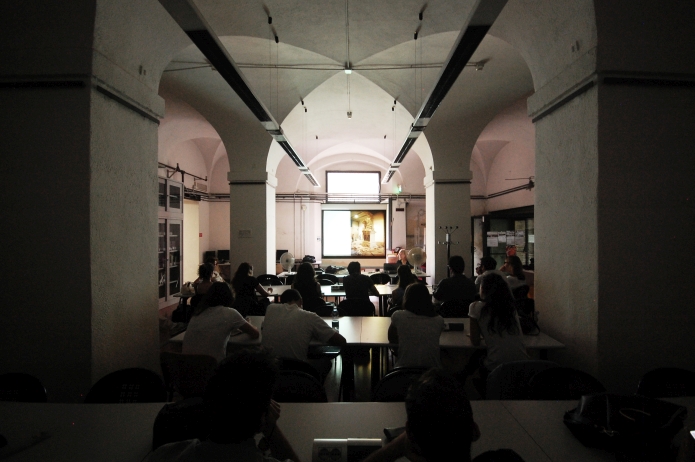
Fig.
3 - Pictures from the Workshop lessons. Photos by Paolo Barbaro.
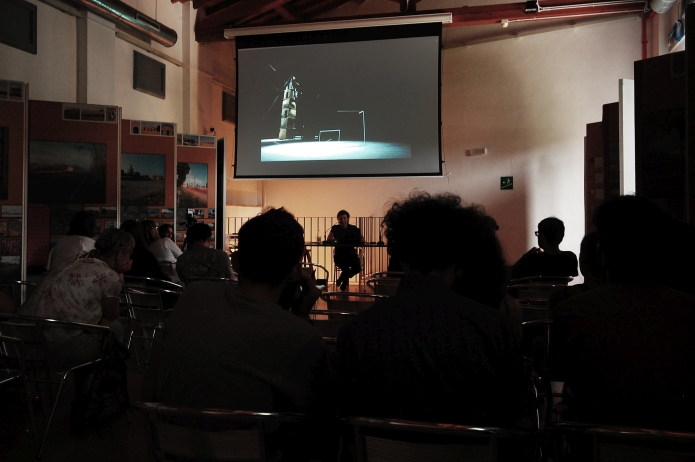
Fig.
4-5 - Villard de Honnecourt, Drawings from the Notebook, 13th century.
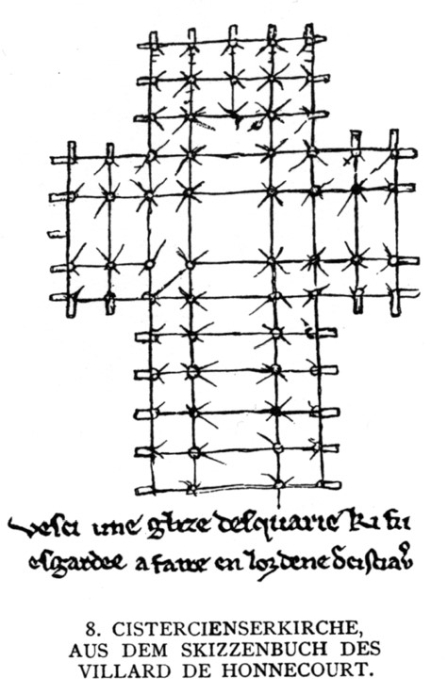
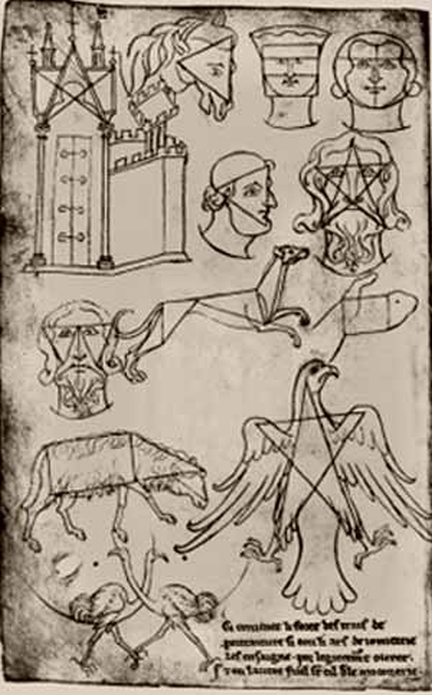
Fig.
6 - Baptistery of Parma
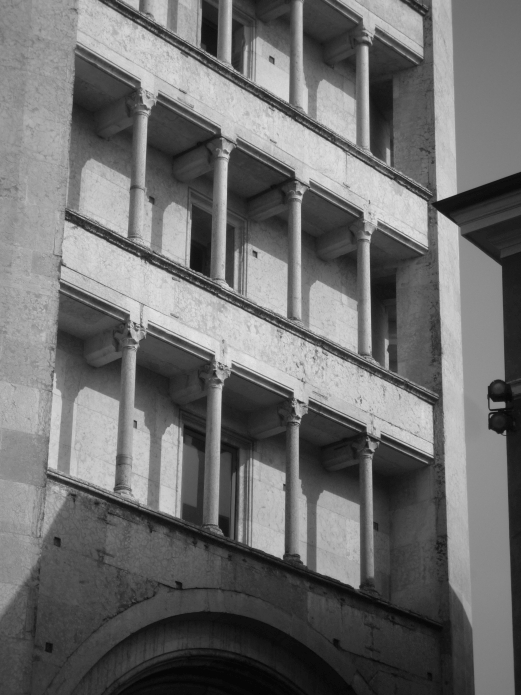
Fig.
7-8 - Abbey of Valserena and centuriation of the Parma area.
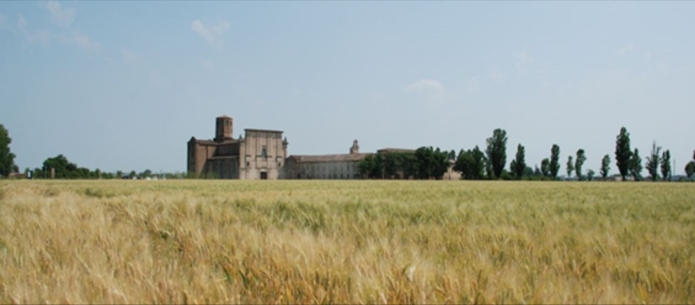
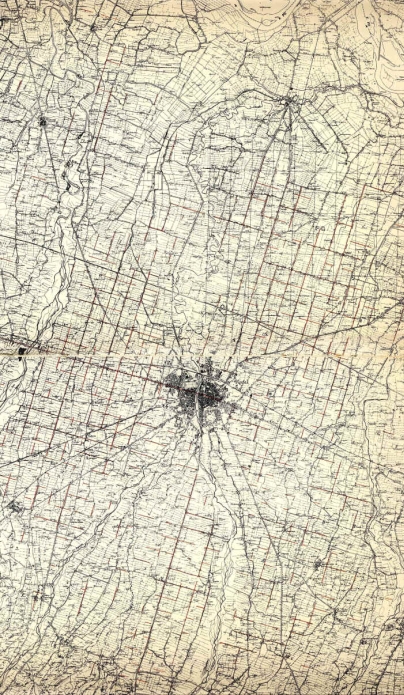
Fig.
9 - Bruno Munari, Scultura da viaggio, 1959.
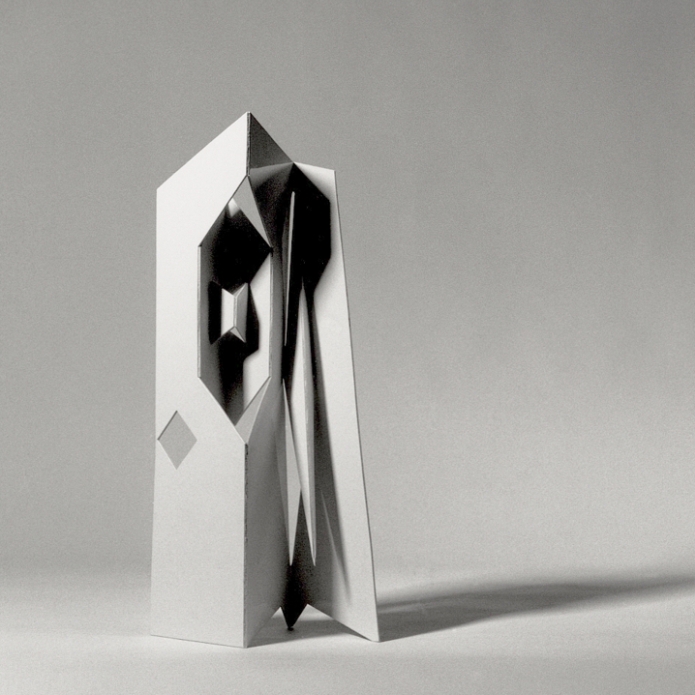
Fig.
10 - Carlo Scarpa, Poetry Section, Italian Pavilion at Expo 67
Montréal.
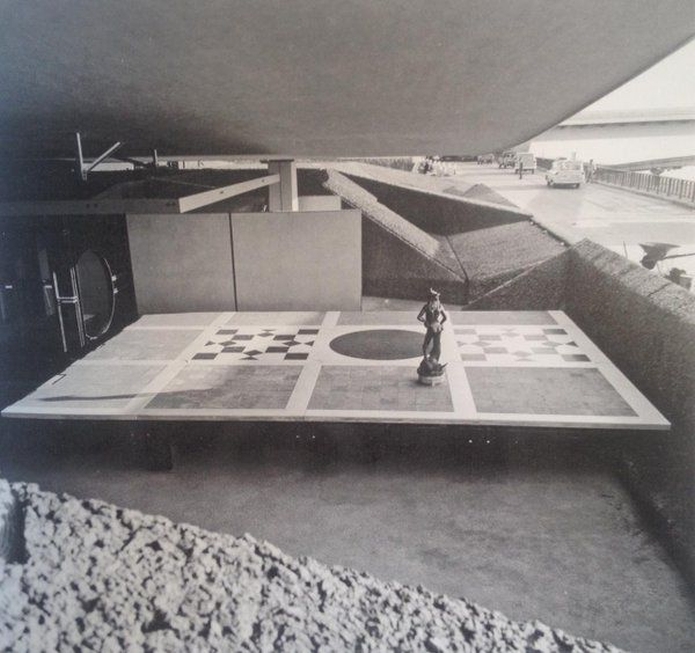
Fig.
11 - Agnes Denes, Wheatfiel, 1982.
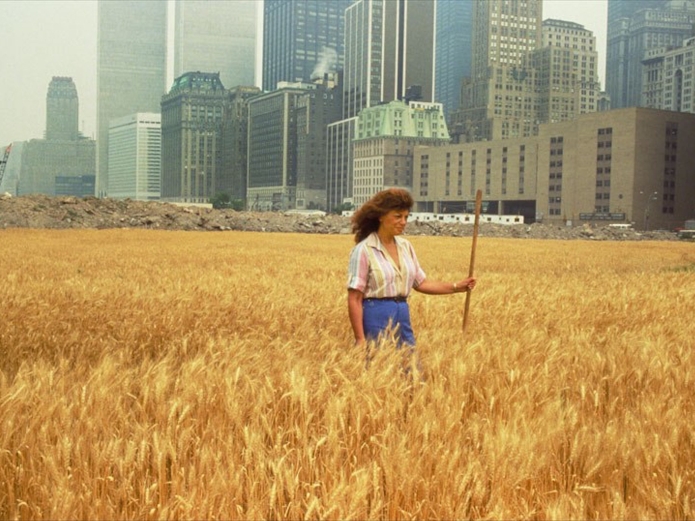
Fig.
12 - Paolo Icaro, 1991.
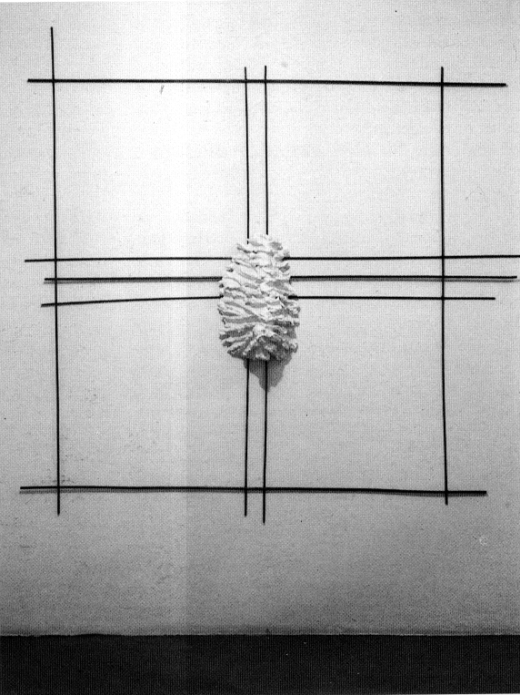
Fig.
13 - Alice Cattaneo, Untitled, 2016.
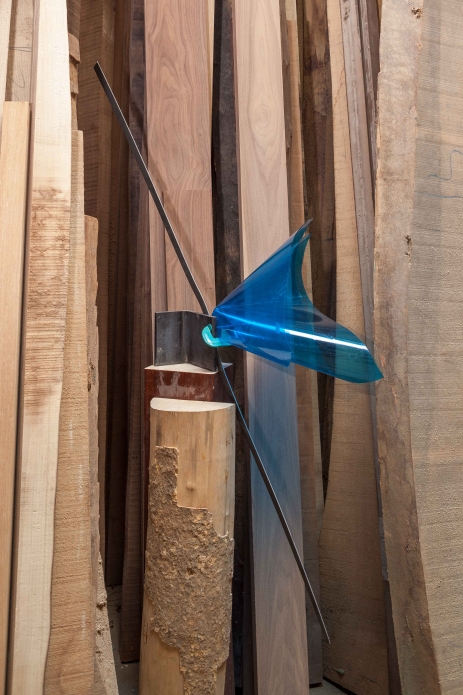
Fig.
14 - Alis Filliol, Ultraterra, 2016.
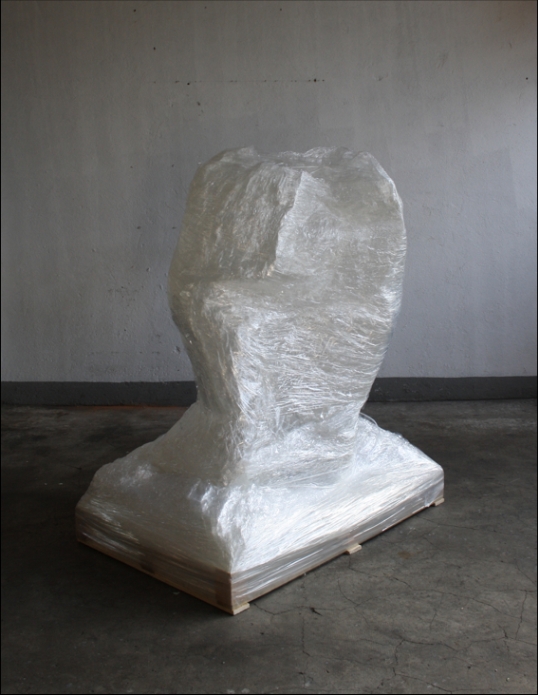
Fig.
15 - Luciano Fabro, Lo spirato, 1973. Photo by G.Ricci.
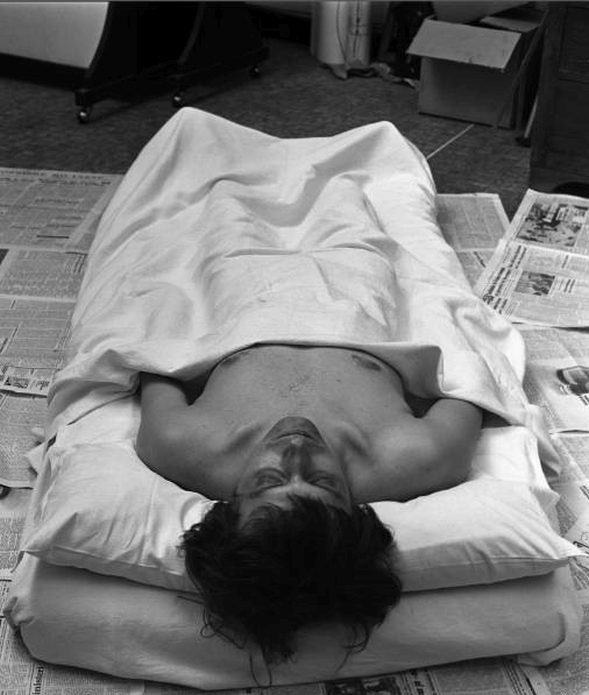
Fig.
16 - Still from Michelangelo Antonioni's film, Lo sguardo di Michelangelo, 2004..
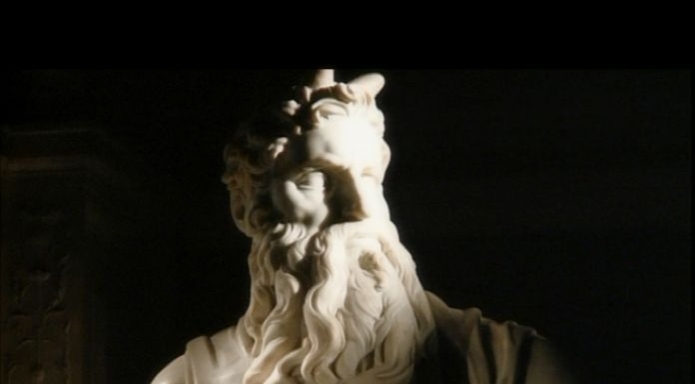
Fig.
17 - Orazio Carpenzano, Project for Sylvatica, 2005
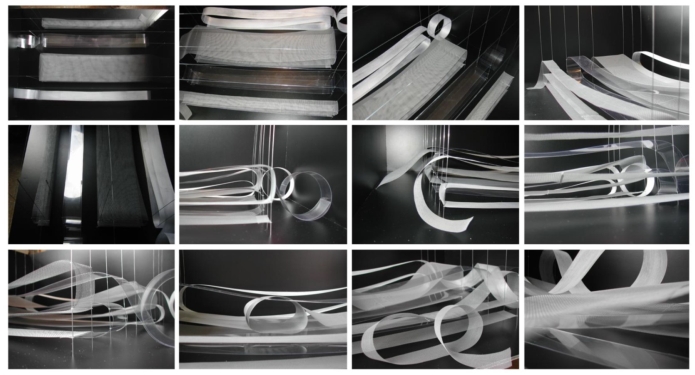
Fig.
18 - Carlo Aymonino, Gabriella Barbini, Project for the completion of
St. Mark's basin, Third International Architecture Exhibition, Biennale
di Venezia, 1985.
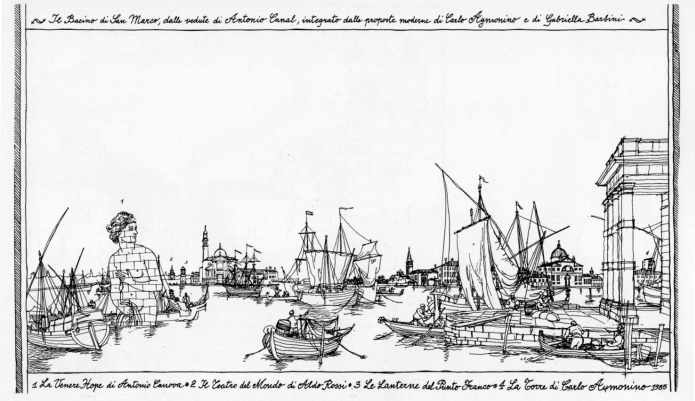
Fig.
19 - Franco Purini, Pirrello House, Gibellina, 1990.
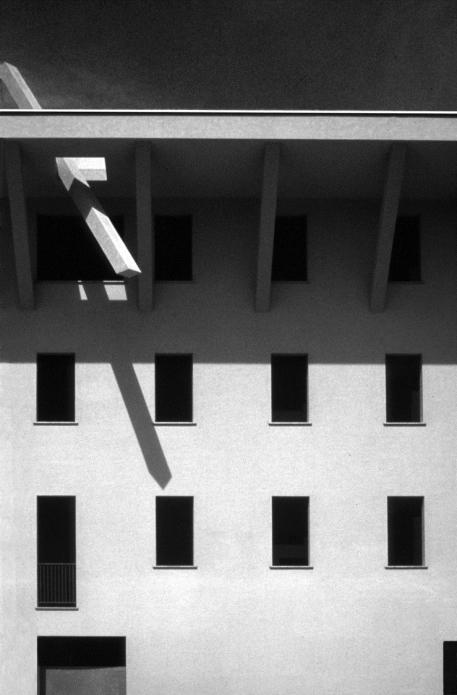
Fig.
20 - Franco Purini at the Workshop, Abbazia di Valserena, Parma 27 july 2016. Photo by Paolo Barbaro.
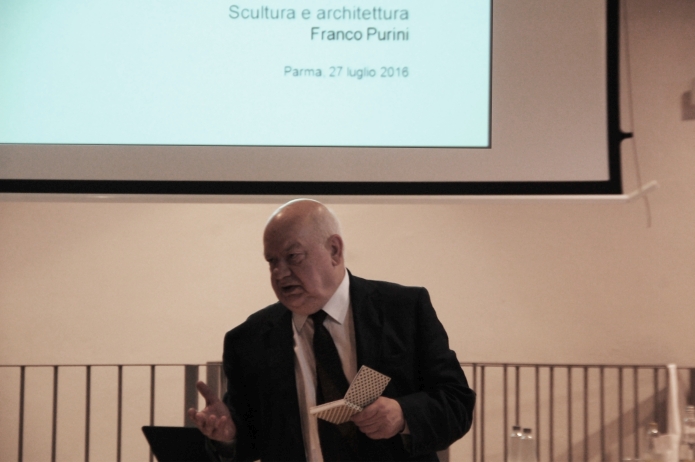
Fig.
21 - Portrait of Martin Heidegger by Bernhard Heiliger, 1965.
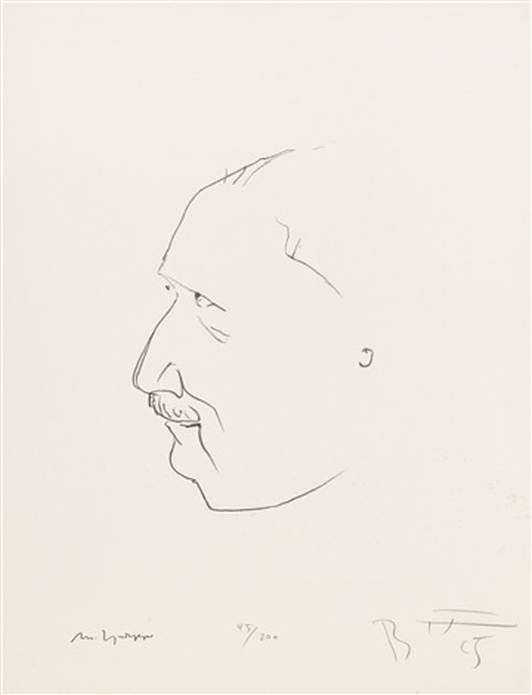
Fig.
22 - Round table Starting from Body and space by Martin Heidegger,
Cloister of the Abbey of Valserena, Parma, July 22, 2016. Photo by
Paolo Barbaro.
